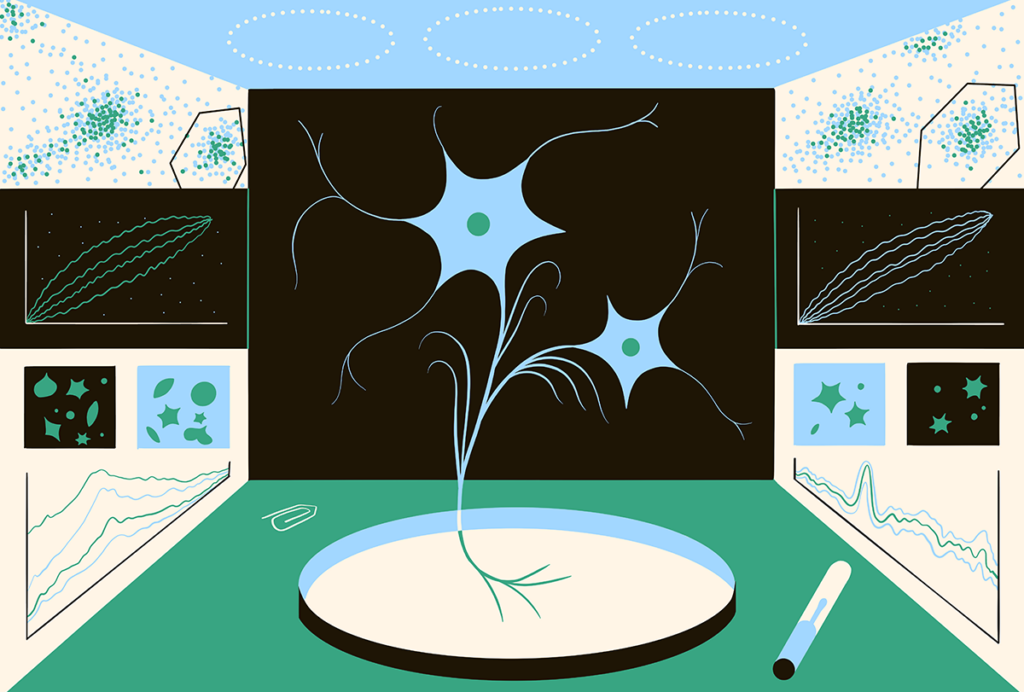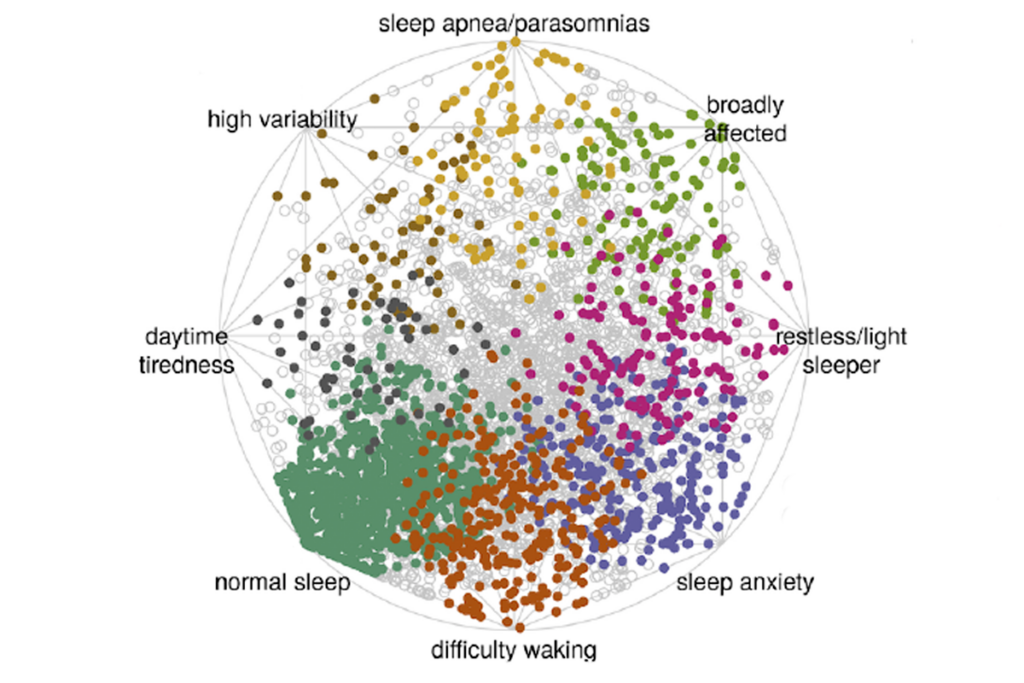Cozy cage offers natural setting for mice to socialize
New cages for mice mimic the animals’ natural burrows, providing a realistic environment for studies of social behavior.
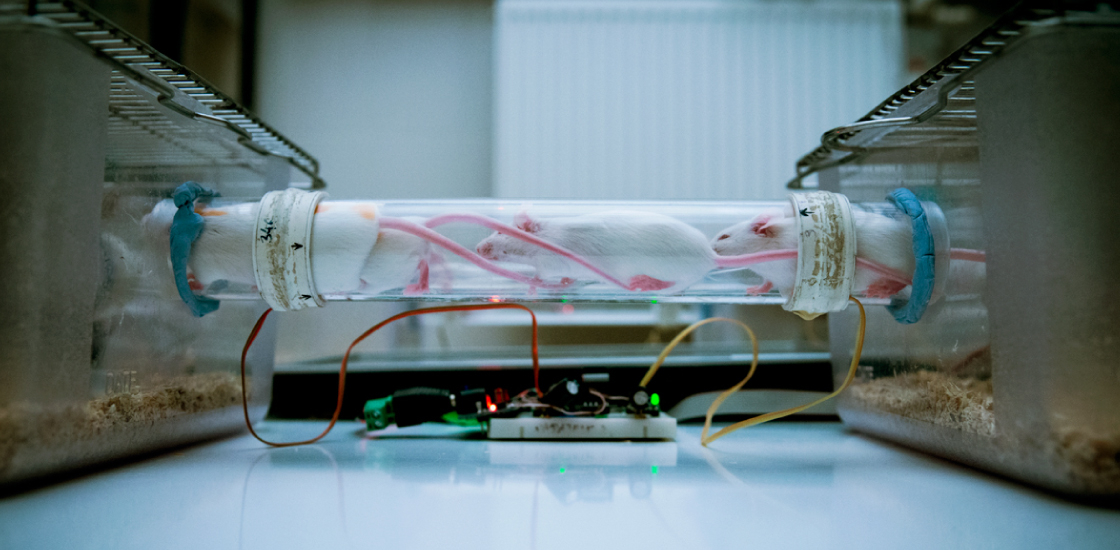
New cages for lab mice mimic the animals’ natural burrows, providing a realistic environment for studies of social behavior1.
Scientists typically use a cage with three chambers to gauge whether a mouse prefers spending time alone, exploring a new object or interacting with another mouse. But this type of cage is unfamiliar to the mice. What’s more, researchers must reach in to manipulate the mice, which can make them anxious and may alter their behavior.
The new cage, called Eco-HAB and described 12 October in eLife, contains four rooms with narrow tunnels and dimly lit areas designed to mimic rodent burrows in the wild. The cage is made up of easy-to-find electronic parts, Plexiglas corridors and polycarbonate compartments. Each cage can house up to 12 mice implanted with radio-frequency identification tags. The tags allow scientists to track the animals’ social behavior over long periods of time without touching them.
To spur social behavior, researchers introduced used bedding — the smell of which is a known trigger — behind a partition in one room of the cage without disturbing the animals. They tested Eco-HAB alongside a traditional three-chambered cage using typical mice and two mouse models of autism: one treated with the epilepsy drug valproate and another missing the fragile X syndrome gene, FMR1.
The mice all show the same type of behavior in the Eco-HAB cage as they do in the three-chambered setup. Valproate-treated mice show more interest in both the smelly bedding and their cagemates than the control mice do, whereas the FMR1 mice avoid the smelly compartment and tend to spend time alone. The findings held up when researchers in another laboratory tested the Eco-HAB.
An Eco-HAB costs around $2,000, about as much as a standard three-chambered cage, but the automation makes it more efficient and objective, the researchers say.
References:
- Puścian A. et al. Elife, 5, e19532 (2016) PubMed
Recommended reading
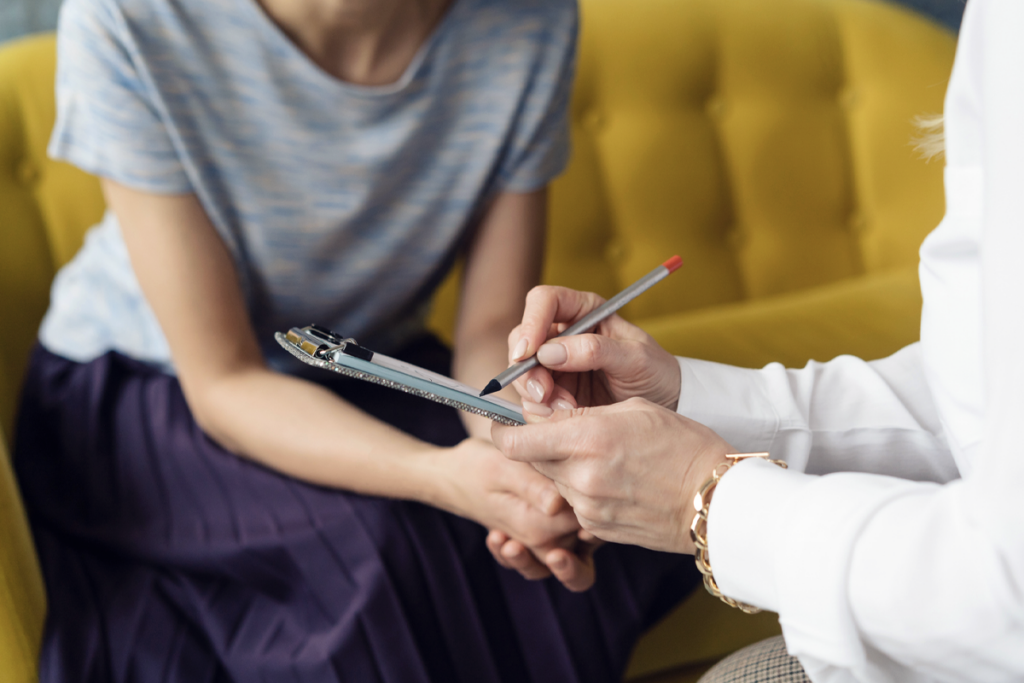
Expediting clinical trials for profound autism: Q&A with Matthew State
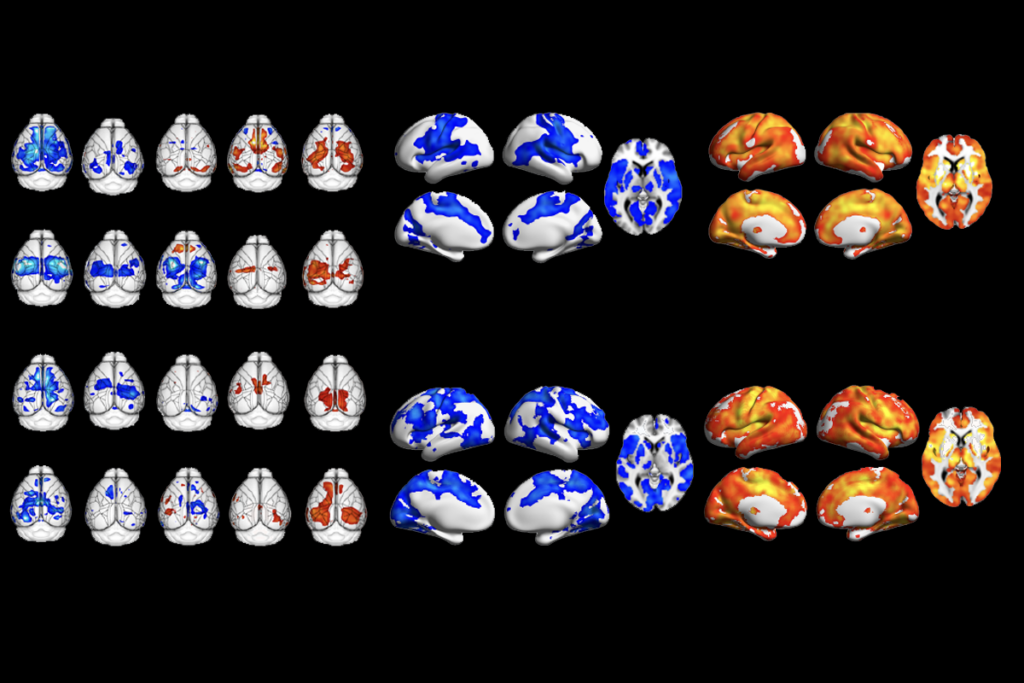
Too much or too little brain synchrony may underlie autism subtypes
Explore more from The Transmitter
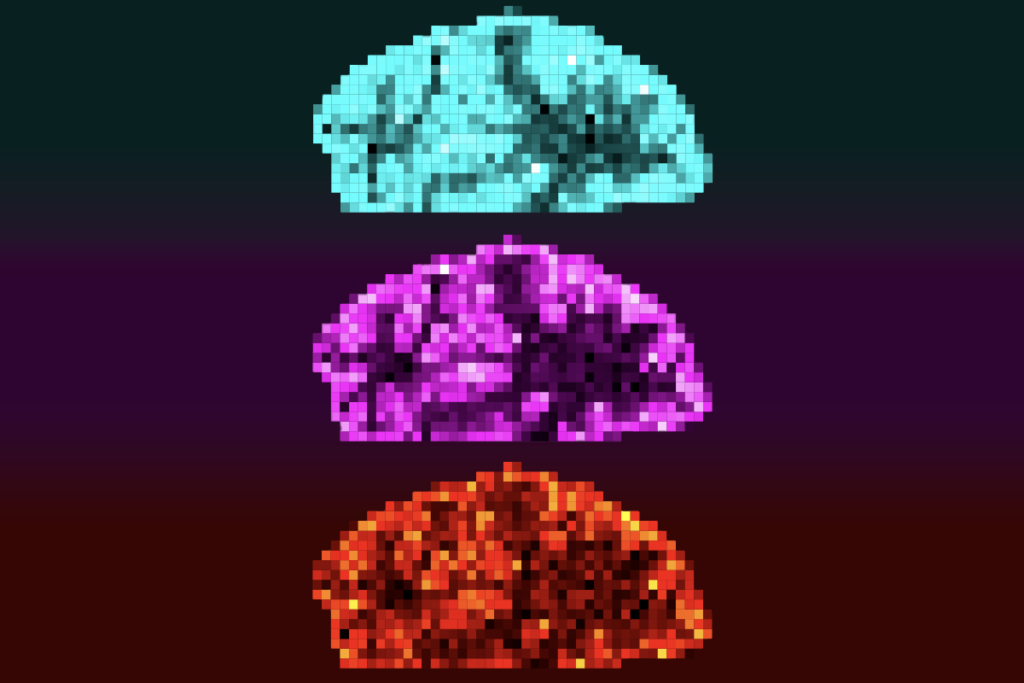
Mitochondrial ‘landscape’ shifts across human brain
